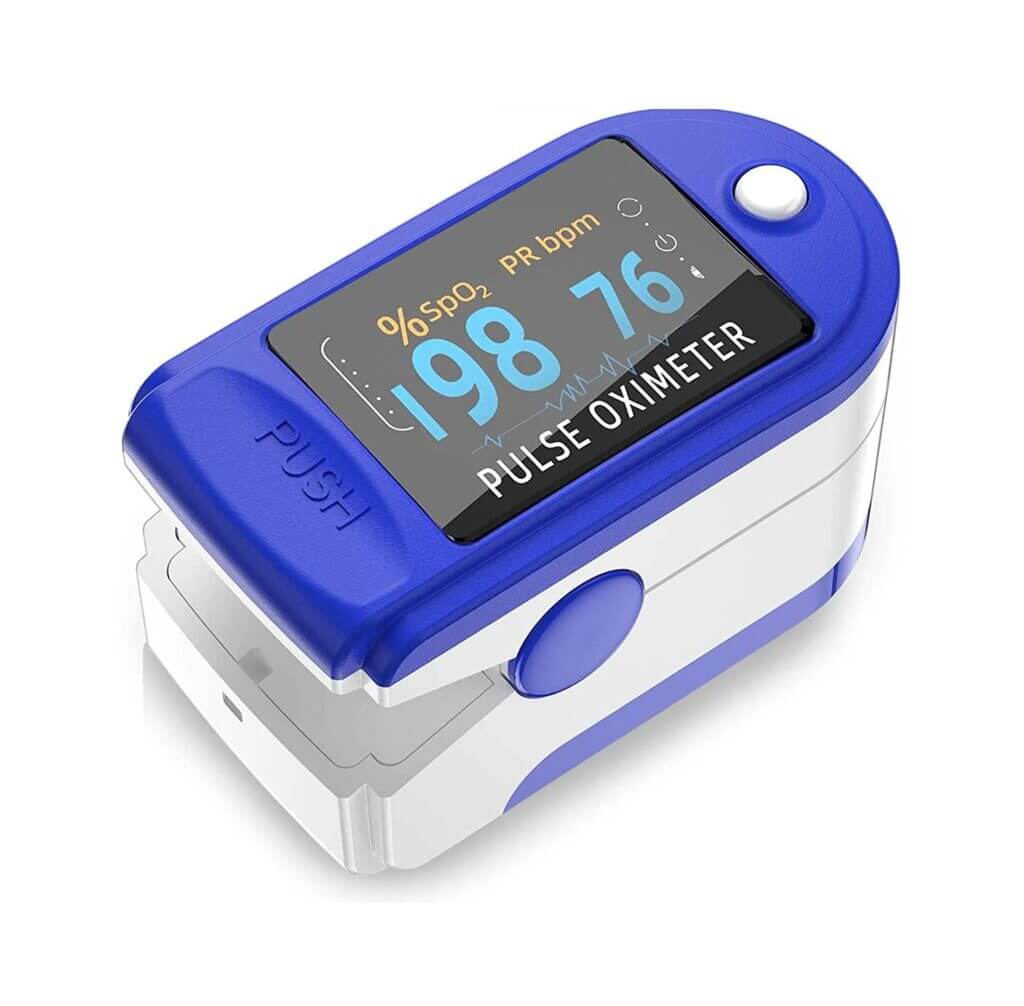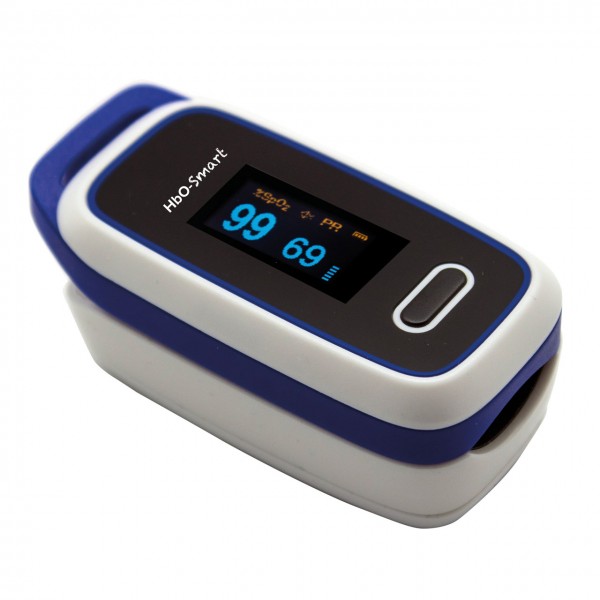
If you live alone, you should arrange to contact someone regularly. It will help them hear if you are becoming more breathless or unwell. If you are isolating from other people in the same house as you, talking on your phone or through a doorway could be better than sending text messages. It is important that someone checks on you regularly. If your blood oxygen level is usually below 95% but it drops below your normal level, call the BREATHE team or 111 for advice. You sense that something is wrong (general weakness, severe tiredness, loss of appetite, reduced urine output, unable to care for yourself – simple tasks like washing and dressing or making food).If you use the pulse oximeter, your blood oxygen level is 94% or 93% when sitting or lying down and remains at this level after being rechecked within an hour.You are having difficulty breathing when getting up to go to the toilet or similar.You slowly start feeling more unwell or more breathless.

Ring the Specialist Respiratory Nurses in the BREATHE Team on 01226 431673 (8:00am – 6.00pm) OR ring 111 as soon as possible if you have one or more of the following and tell the operator you may have coronavirus: OR When to call the BREATHE team or NHS 111 If you have your pulse oximeter, please give the oxygen saturation reading to the 999 operator.
Best pulse oximeter skin#
you feel cold and sweaty with pale or blotchy skin.OR if these more general signs of illness develop: Check your blood oxygen level again straight away – if it’s still 92% or below, go to A&E immediately or call 999 Your blood oxygen level is 92% or less.Your breathing suddenly worsens within an hour.You are unable to complete short sentences when at rest due to breathlessness.What to do if you experience the following symptoms When to go to A&E or call 999Īttend your nearest A&E or call 999 immediately if you have one or more of the following and tell the operator you may have coronavirus:
Best pulse oximeter how to#
Please see the NHS website for information on self-isolation or how to access care.
Best pulse oximeter download#
Click here to download a copy of the diary. Paracetamol and regular fluids can help with these symptoms, and most people will get better by themselves within two to three weeks. However, as long as your oxygen level and breathing are normal, you do not need to contact the BREATHE service or NHS 111 if you have a temperature or other symptoms, such as cough, muscle aches, tiredness and change in taste or smell. Keep track of your temperature if you can. Please also record changes in how you are feeling and your breathing. Take extra measurements if you feel there has been a change in your health. Then you take recordings three times a day, at the same time each day – for example in the morning, at midday and in the evening. Your first measurement is your baseline – your doctor will record this in the highlighted blue area. Recording your results in your diary and acting on the results You can also watch a short NHS video which takes you through all these steps on how to use your pulse oximeter.

It explains why it will help you and your doctor monitor and manage your health better.Ī pulse oximeter is a small device which helps you to monitor how fast your heart is beating and the level of oxygen in your blood. This page and diary is your online version of the paper guide your doctor has given you along with a pulse oximeter because you have symptoms of COVID-19. You can use the BrowseAloud buttons on this website to change the language, the contrast or to hear the page read to you. Your pulse oximeter for heart rate and blood oxygen level


 0 kommentar(er)
0 kommentar(er)
